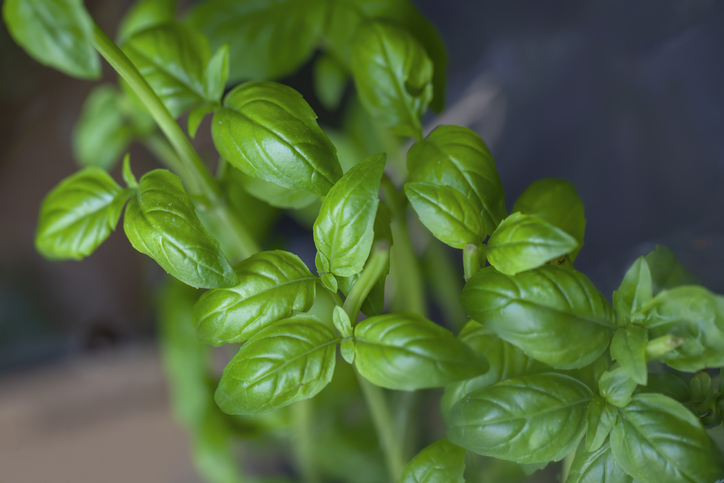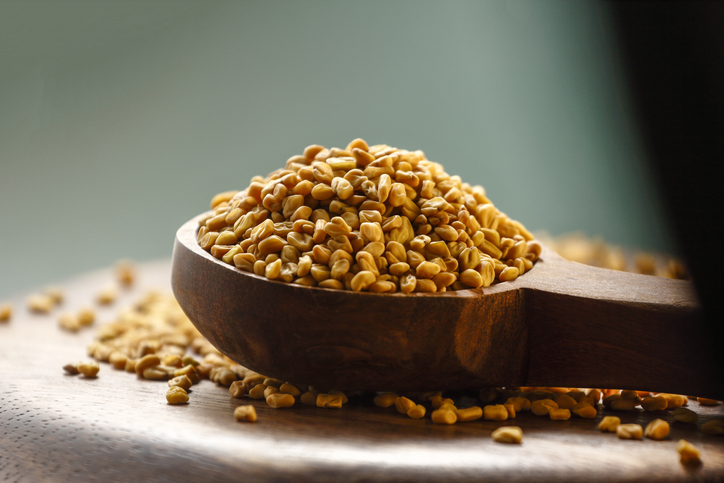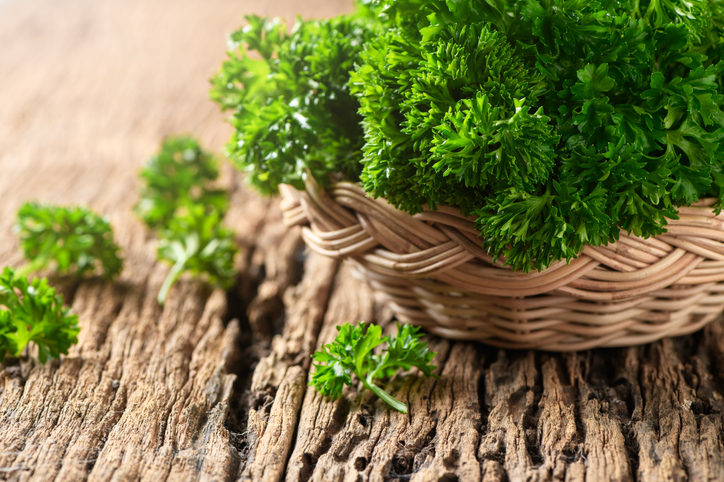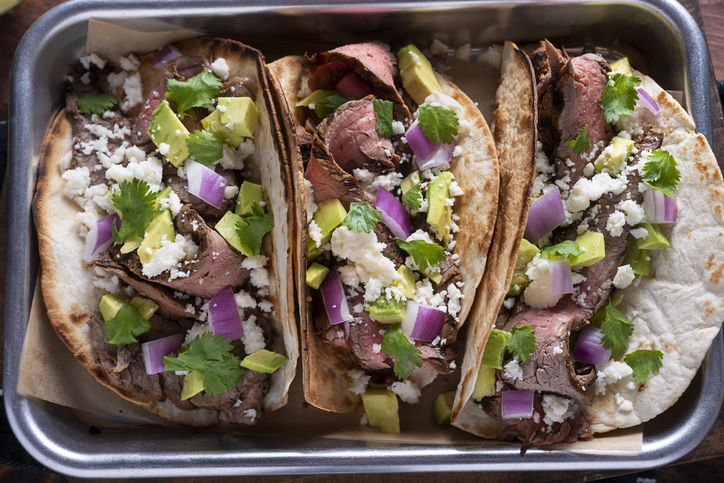
Source: Anastasiia Krivenok / Getty
The CDC reports that the average adult consumes more sodium than meets the national guidelines, and that excess sodium intake is associated with an increased risk of heart disease. Sodium guidelines become even trickier for the Black community because research out of PubMed Central states that African Americans should limit their sodium intake even more than other groups. Because Black individuals face a higher risk for stroke and heart disease, experts recommend only 1,500 mg/day of sodium for this group, compared to the 2,300 mg/day others can consume.
Here’s the problem: people want flavor in their food, and aren’t always sure how to add it without adding salt. Sometimes you find other seasonings that aren’t called salt – colorful, international, flavorful seasonings. But if you look at their ingredients list, you’ll find salt is still the main thing, and the sodium is high. Fortunately, there is a great resource to which we all have access that adds tons of flavor to food without adding salt: herbs. You just have to know how to use them. Here are healthy herbs to add to your kitchen today.
Basil

Source: Ali Majdfar / Getty
This beautiful aromatic herb is a great one to keep potted in your home because it’s super easy to grow and tend to. Or, you can just buy some fresh sprigs at the Farmer’s Market. Basil contains powerful antioxidants that fight oxidative stress. Research out of the DARU Journal of Pharmaceutical Sciences shows that sweet basil might even have anti-aging effects for the skin.
How to use it: When you’re in a hurry, try making a simple Caprese salad with fresh tomatoes, mozzarella, basil, olive oil, salt and pepper. You can also grab your blender, some pine nuts, olive oil, and parmesan and grind these up with basil to make pesto sauce.
Fenugreek

Source: ajaykampani / Getty
We eat the dried seeds of this plant, making it technically a spice, but those seeds do come from the fenugreek herb. It’s been historically used in Ayurveda medicine – an ancient natural system of Indian medicine. While those benefits might be more anecdotal, what we know for sure is that Fenugreek contains a plant protein called 4-hydroxyisoleucine, which the National Library of Medicine says helps regulate insulin and is good for blood sugar levels.
How to use it: Fenugreek has a slightly bitter taste and is also rather tangy. It can be added to thick, heavy stews to brighten their flavor or to couscous or another grainy side dish to make it pop. It’s very popular in Indian dishes, where you might find it ground up and sprinkled in with other spices.
Rosemary

Source: VICUSCHKA / Getty
Rosemary doesn’t only smell amazing but it also adds great flavor to food. It contains an active ingredient known as rosmarinic acid, which the journal of Experimental Biology and Medicine says can help suppress allergic responses.
How to use it: Rosemary is simple to use and it’s hard to overdo it with this herb. Add fresh rosemary sprigs to a roasted chicken, beef roast or stew. Try roasting potatoes and root vegetables with little more than rosemary, fresh garlic, olive oil, salt and pepper. If you’re a baker, add some fresh rosemary to your next loaf of focaccia.
Tarragon

Source: James de Wall / Getty
Tarragon is a bright green herb that’s a part of the sunflower family. It’s quite aromatic and tastes a bit like black licorice. Tarragon has long been used in traditional folk medicine for its reported healing properties. The National Library of Medicine reports that it can have a slight sedative effect, helping with sleep, and might even relieve pain associated with osteoarthritis.
How to use it: Tarragon tastes delicious on many things that rosemary does, like roasted chicken or chuck roasts. The important thing with tarragon is to add it at the end of cooking – right before consuming it – so it remains mostly raw. That’s how it’s most flavorful. It also tastes delicious when finely chopped and added to egg dishes like frittatas and omelets.
Parsley

Source: Kwanchai Chai-Udom / EyeEm / Getty
This bright green herb comes to us from the Mediterranean and has long been popular for its culinary and medicinal purposes. It’s rich in vitamin K, C and A, is rich in antioxidants, and contains nutrients that promote healthy vision, according to the National Library of Medicine.
How to use it: Parsley has a light and fresh flavor, which makes it excellent for summer dishes. Try adding a few fresh sprigs to a cold couscous dish or a Greek salad. It’s also great on cold potatoes or added to pasta at the very end. It’s one of the main ingredients in Tabouli salad, too.
Cilantro

Source: rudisill / Getty
Cilantro is part of the parsley family, and you might have accidentally mistaken the two at the store. But their flavors are distinctly different. Cilantro is a rich source of vitamin K, which is important for bone health, and the Journal of Medicinal Food says the antioxidants in cilantro might help slow the aging of skin.
How to use it: First off, cilantro is a main ingredient in chimichurri sauce which can easily be made from home and tastes delicious with steak. You also can’t go wrong with adding a healthy dose to your guacamole, and if you’re ever enjoying steamed mussels, be sure to top them off with some olive oil, lemon juice and cilantro (along with hot sauce of your choosing).
RELATED CONTENT: The Black Vegan Cooking Show Episode 2: Boost Your Sex Drive With THESE Vegan Aphrodisiac Dishes By Queen Of Green









